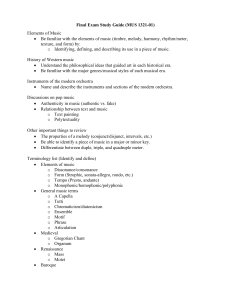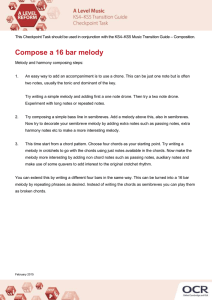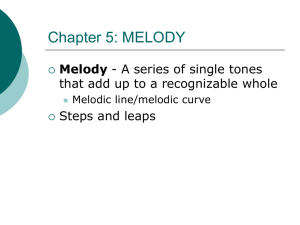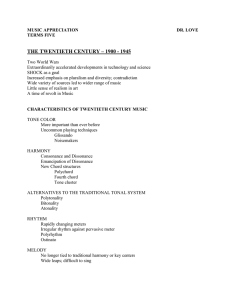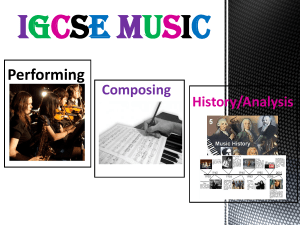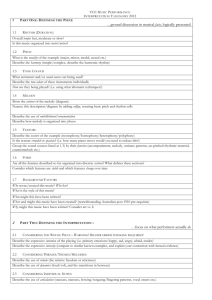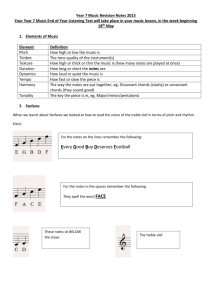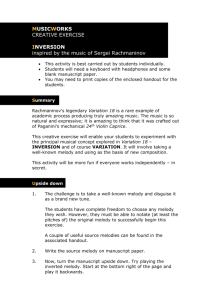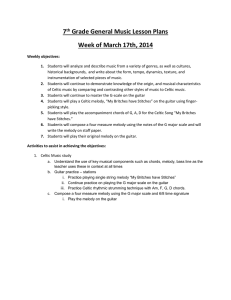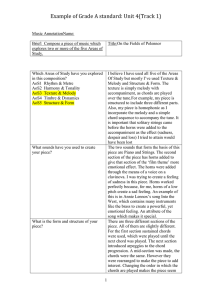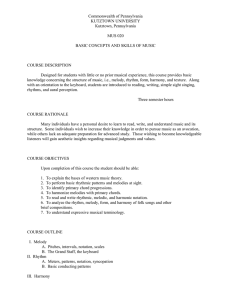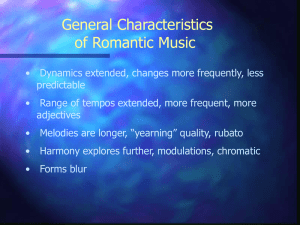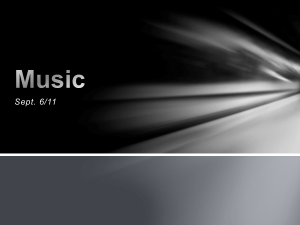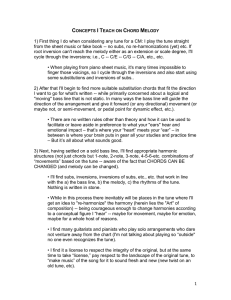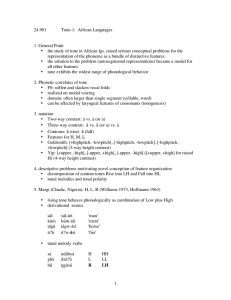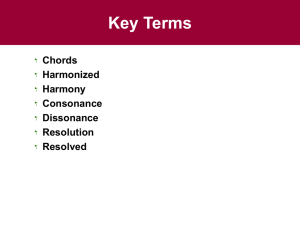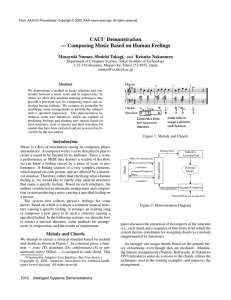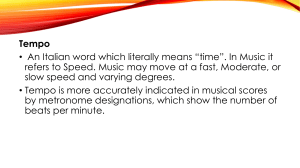Chapter 15: European Impressionism and Modernism
advertisement
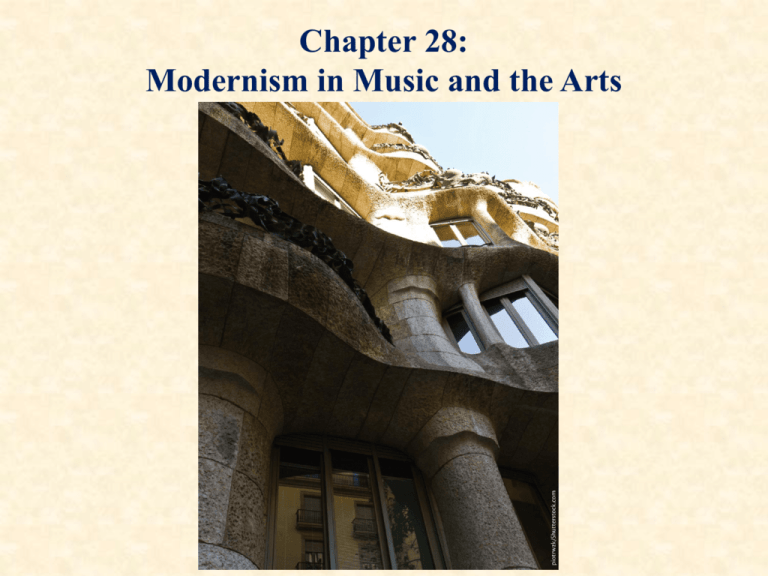
Chapter 28: Modernism in Music and the Arts Modernism • Turning away from the predominantly idealistic, sentimental aesthetics of Romanticism • Musicians confronted and altered the traditions of classical music • Radically transformed the elements of expression, creating new kinds of melody, harmony, rhythm, and tone color • Distorted musical practices, sometimes violently, with the intention of shocking audiences • Clear parallels between music and visual arts – Cubism: Early 20th-century artistic style in which the artist fractures and dislocates formal reality into geometrical blocks and planes Melody: More Angularity and Chromaticism • Chromatic and dissonant • Fragmented lines • Octave displacement – Avoids simple intervals for more distant ones – Avoid conjunct movement becomes • • • • • Harmony: The Emancipation of Dissonance New Chords, New Systems Dissonances – No need to resolve to consonance – Can move to another dissonance – Tone Cluster Triad reduced in importance New chords Polytonality: Two tonal centers sound simultaneously Atonality: No audible tonal center Tone Color: New Sounds from New Sources • Melody carried by sharper, crisper woodwinds rather than the lush, gentle sound of strings • Growing importance of the percussion family; Emphasis on percussive effects • Piano used as a percussion instrument • Important innovation of introducing new instruments or having traditional instruments make new sounds by means of novel playing techniques • Separation of color from line • New orchestral colors added to the traditional genres and forms of classical music
